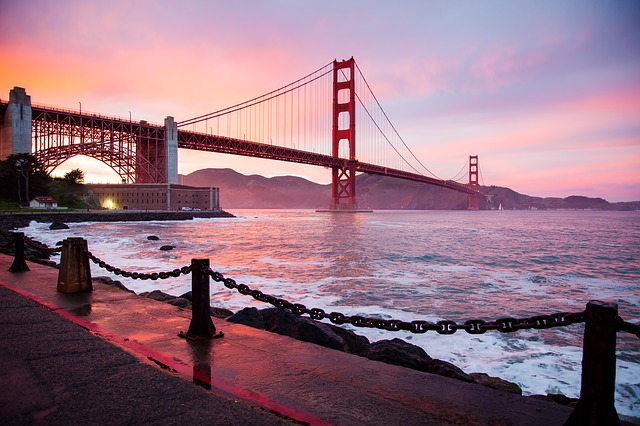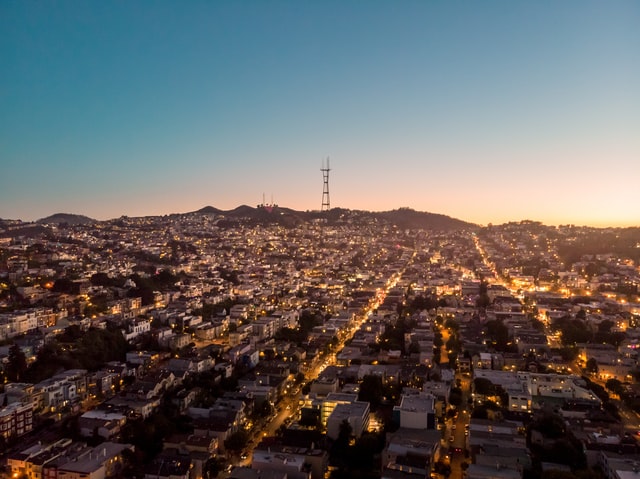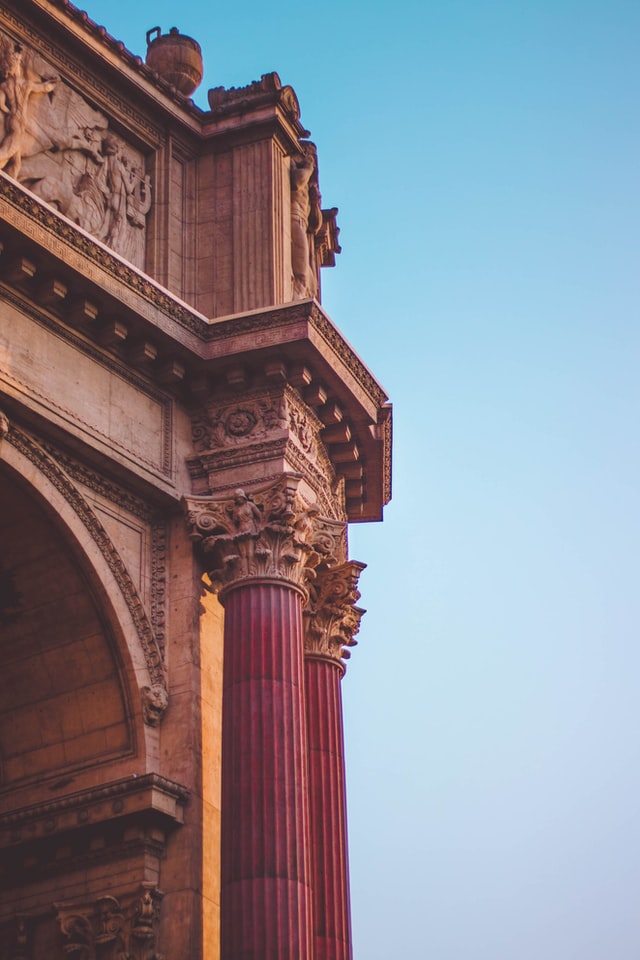
- Home
- Services
- Gallery
- Locations
- About Us
- Contact Us
- Blog
- Structural Defects
- Subfloor Framing & Insulation
- Cooking Ventilation and Tools
- How to Tell if Water Damage is New or Old?
- Can You Put Drywall In The Recycle Bin?
- Can you paint drywall without texture?
- Can You Put Drywall In The Recycle Bin?
- How much does it cost to paint trim and doors?
- How to Tell if Water Damage is New or Old?
- Other service




